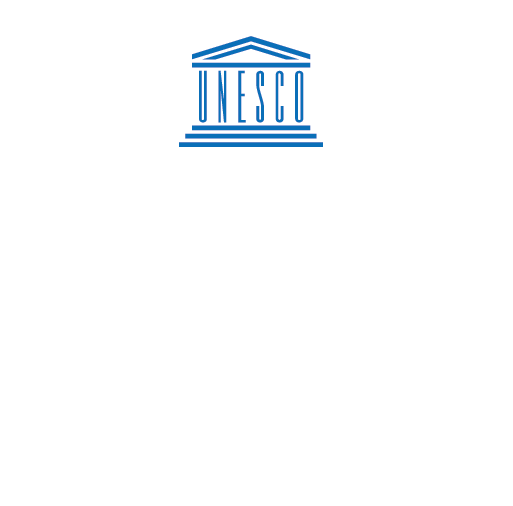This year, none of the four traditions, that where first to be listed on the national inventory of intangible cultural heritage in Luxembourg, can take place in the usual way. Aware that in times of worries and uncertainty, it is all the more important to keep traditions alive, the Ministry of Culture and the Luxembourg Commission for UNESCO have opted for a digital presentation of these festive events. After "Digital Éimaischen" and “Digital Octave”, they will stage a digital version of the Hopping Procession of Echternach. The partners for this project are the Willibrordus-Bauverein, the City of Echternach, the Archdiocese, the CNA and RTL Zwee.
From May 29 2020 onwards, videos and photographs, online tours and little-known facts about the Hopping Procession will be online on the website of the Intangible Cultural Heritage Luxembourg (www.iki.lu) and the social media channels of the Luxembourg Commission for UNESCO. Since this is a living, interactive project, personal photos and souvenirs can be shared with the hashtags #DigitalIKI and #DigitalSprangprëssessioun.
UNESCO decided on 16 November 2010 the inscription of the Hopping Procession of Echternach on the Representative List of the Intangible Cultural Heritage of Humanity. This for the following reasons: Strongly rooted in the Echternach community, the Hopping Procession is transmitted from generation to generation, providing its participants and observers with a sense of identity and continuity. Inscription of the Hopping Procession of Echternach on the Representative List contributes to raising awareness of the importance of safeguarding intangible cultural heritage in Luxembourg and worldwide, while promoting respect for human creativity.
Convention for the Safeguarding of the Intangible Cultural Heritage
In 2003, UNESCO adopted a groundbreaking convention for the safeguarding of intangible cultural heritage worldwide. Consequently, the Ministry of Culture of Luxembourg introduced an inventory of the national intangible cultural heritage which is continuously enlarged and englobes all the following categories:
- oral traditions and expressions, including language as a vehicle of the intangible cultural heritage;
- performing arts;
- social practices, rituals and festive events;
- knowledge and practices concerning nature and the universe;
- traditional craftsmanship.
First to be listed on the national inventory in 2008 were the Éimaischen (Easter Monday clay crafts market), the Octave (pilgrimage in honor of Our Lady of Luxembourg for two weeks in May) the Hopping Procession of Echternach (Tuesday after Whitsunday) and finally the Schueberfouer with its typical Hämmelsmarsch (annual fair market lasting from August 23 to beginning of September).

